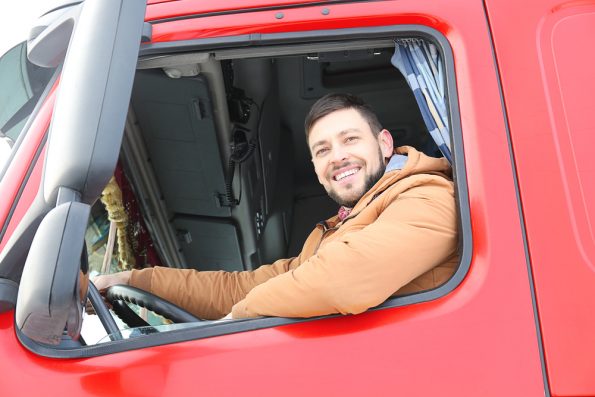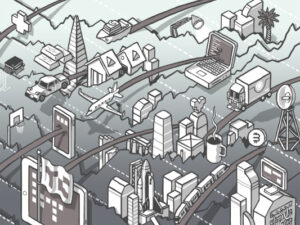There are many ways to ensure your safety on the road, either as a driver or passenger. One way is to wear a seatbelt at all times. You, your family, and your employees need to remember this. If you have business in different states, entrepreneurs should know that different states have different laws in regards to who should put on seat belts, and associated fines for not having yours on. For example, seat belt laws in Utah require all passengers to buckle up, with children below eight years old seated in a car seat. For businesses that have employee cars or commercial fleets, employee safety training can help deliver the message.

Failure to follow these regulations might result in hefty penalties if you or your colleagues are caught. In this article we will look at the reasons as to why you and your employees should always put on a seatbelt when in a moving vehicle.
1. Compliance with the Law
The extensive research on the efficacy of seat belts in your car reveals the feature is vital. Therefore, most states have come up with laws requiring passengers and drivers to be in a seat belt while in a moving vehicle. Failure to buckle up while traveling attracts severe punishments.
In most cases, the driver risks getting a ticket when traffic police stop them for not buckling up. If not for other reasons, put on a seatbelt, as your duty to abide by the laws.
2. Seat Belts Are a Safety Feature
The road you are traveling on may be in a poor state of disrepair. When you have a seatbelt on, your body remains restricted from movement in case of a break or jerk. Additionally, skidding in poor weather will not affect you since the seat belt restrains you in position.
Driving with your seat belt will help you remain in position in case of any unexpected movements. By staying in place, you can focus on the road and control the vehicle.
3. Airbags Work Effectively Together with Seatbelts
In case of an accident, the airbag deploys to protect you. It deflates and inflates to protect your upper body from hitting the dashboard and windshield. Without a seatbelt on, the commotion in an accident results in you hitting your head against the car windshield.
The head injuries you sustain may be severe and take a long time to heal. To be on the safe side, wear a seatbelt. The airbag system works effectively with the seatbelt in place.
4. Protects Delicate Body Parts by Spreading Out Force in Case of a Collision
A seatbelt keeps the upper body and lap in place in case of any accidental movement. The shoulder and lap belt help distribute force instead of focusing it on one area. It, therefore, prevents you from severe injuries in case of a collision.
It is therefore less likely for impact to be on delicate body parts, such as the spine and head. Head and spine injuries are serious injuries that may cause disability and death. Put on that seatbelt at all times.
5. Helps in Filing for Compensation
After the accident, the insurance company conducts investigations to determine the circumstances of the accident. Again, employee safety training for fleet drivers should cover this. Since the insurance company is in business, they will look for all means to deny you compensation. Once they verify that you did not have a seatbelt on, they may deny you the compensation you seek.
To avoid this, put on a seatbelt, and give them no reason to deny you your compensation.
Your Safety Is in Your Seatbelt
Despite the misconceptions you hear surrounding seatbelts, they are still an important safety feature. You have the power in your seatbelt to prevent severe injuries in the event of an accident. Remember to buckle up and make sure your family and employees all get the message.










